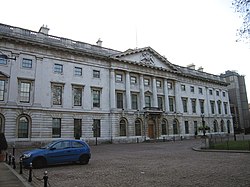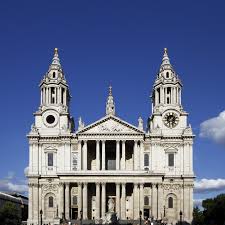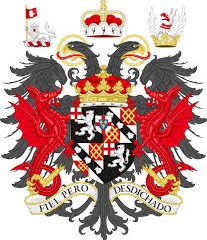The Significance of Royal Mint Court in London’s History

Introduction
Royal Mint Court, located in the heart of London, holds a significant place in British history as both an important historical site and a modern office complex. Originally the site of the Royal Mint for over 1,100 years, it has evolved while still honouring its rich heritage. In recent years, the court has become a testament to the intersection of history, architecture, and modern urban development, making it a relevant topic as cities across the globe balance preservation with innovation.
The Historical Context
The Royal Mint was established in the 9th century and has produced the UK’s coinage for centuries. The court’s roots trace back to the days when the mint operated within the Tower of London, before eventually relocating to its current site in 1810. The Royal Mint at this location produced iconic coins that shaped the British economy and heritage. Moreover, it provided a glimpse into the craftsmanship and security associated with coin production.
Modern Transformation
In 1990, the Royal Mint ceased operations at this location, which led to the redevelopment of the area into a modern office complex. Today, Royal Mint Court has been transformed into a vibrant business hub that blends contemporary architecture with historical elements. The site features public spaces that celebrate its heritage, including remnants of its original structures that are meticulously preserved. This transformation exemplifies how historical sites can adapt to the needs of modern society while respecting their past.
Current Events and Future Prospects
As of late 2023, Royal Mint Court has seen renewed interest as businesses recognise the importance of location in attracting talent. The site is not only appealing for its historical significance but also for its proximity to major financial and governmental institutions in London. Local council initiatives are promoting further investment and development in the area, highlighting the blend of business and culture that characterises Royal Mint Court. Moreover, events focusing on historical showcases and community engagement are being planned, emphasizing the site’s role in London’s rich tapestry.
Conclusion
Royal Mint Court is an embodiment of London’s adaptability—merging its storied past with modern-day functionality. As it continues to attract businesses and visitors alike, the significance of Royal Mint Court only grows. Looking ahead, the continued promotion of this iconic site echoes the essential balance of preserving history while embracing progress, which is vital for urban centres around the world. For readers, Royal Mint Court stands not only as a landmark of London but also as a reflection of the potential for historical sites to evolve and thrive in contemporary contexts.








